There are five National Parks in Kansas, plus an additional five National Park affiliated sites.
I like to think of Kansas as having parks that tell the story of America's Westward movement.
These stories include traveling westward on the California Trail, the Santa Fe Trail, and the Oregon Trail.
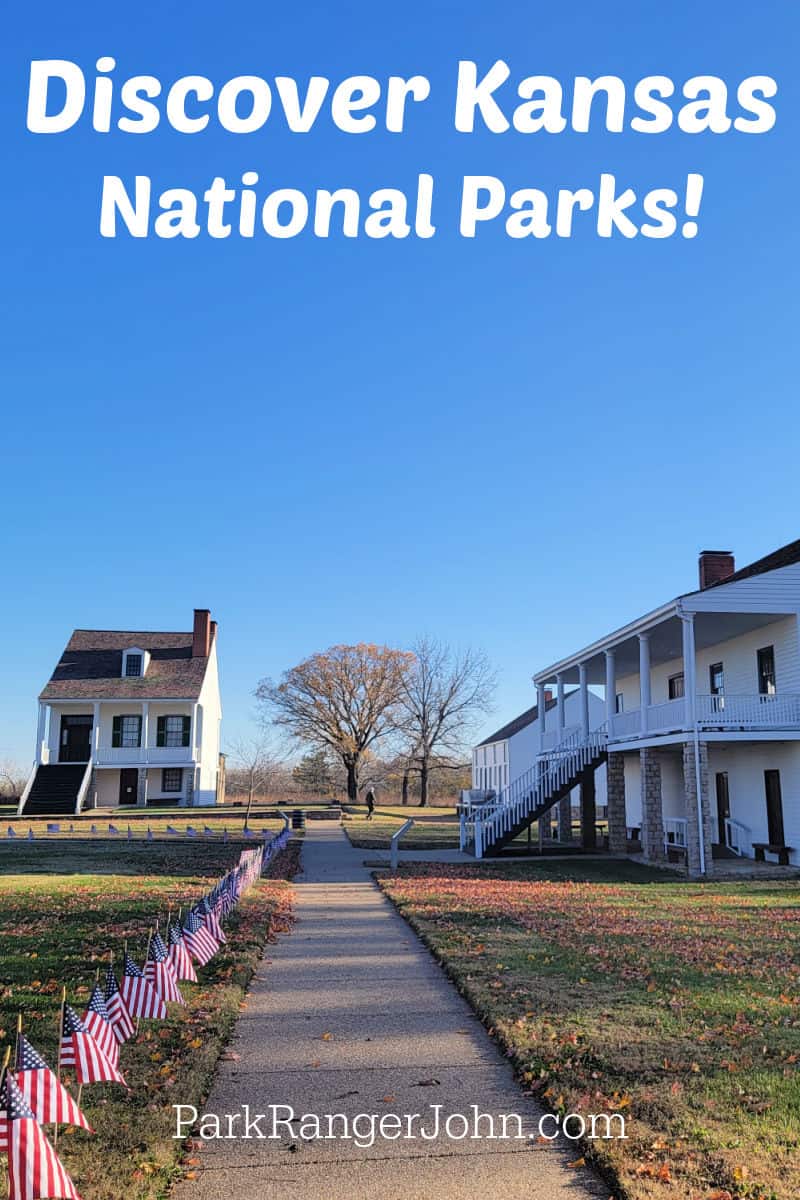
Kansas National Parks
Troops who were posted at Fort Larned were considered the Guardians of the Santa Fe National Historic Trail.
Fort Scott served many purposes as this was an unstable time in American History.
This was a time when there was still racial segregation in America, tension between Native Americans, and the Mexican-American War.
Now Kansas is known as the Sunflower State as they are perfectly suited for growing here and can be found in every county of the state!
I have personally spent time at each of these National Park Service sites and hope that I inspire you to visit someday.

Brown v. Board of Education National Historical Park
Brown V. Board of Education National Historic Site was redesignated as a National Historical Park on May 12, 2022.
Top Things to do - Self-Guided Tour, Auditorium - Race and the American Creed, The Road to Brown v. Board of Education, The Legacy of Brown v. Board of Education, Kindergarten Room, Take or walk or ride your bike on the Landon Nature trail, enjoy a picnic at Cushinberry Park
Lodging - The Brown v. Board of Education National Historic Site does not have on-site lodging. However, you can find various lodging options in Topeka, Lawrence, and Kansas City, Kansas, including hotels, motels, and bed-and-breakfasts.
Camping - There are no campgrounds in the park
Park Address - 1515 SE Monroe Street, Topeka, KS 66612-1143
Located in Topeka, Kansas the Brown v. Board of Education National Historic Site is a 2-acre site located in the former Monroe Elementary School. This was once a public school for African-American students in Topeka.
The 1954 unanimous decision by the supreme court in Oliver Brown Et Al vs. The Board of Education of Topeka et al ruled that segregation by race in school violated the principles of "equal protection" as established by the 14th amendment of the US Constitution.
The case put into motion the dismantling of segregation within schools in the United States. This was one of the most important landmarks in the struggle for equality and justice for African Americans and the civil rights movement.
The case was headed by Thurgood Marshall and included five cases from Virginia, Delaware, South Carolina, Kansas, and Washington DC.
In 1967 Mr. Marshall was appointed a Supreme Court Justice.
The site opened on May 17, 2004, in celebration of the 50th Anniversary of the historic U.S. Supreme Court decision that ended segregation, Brown v. Board of Education.
There are some outstanding books on this subject, and it is a milestone for the Civil Rights movement. You can also watch this 44-minute video that is available on Amazon Video.
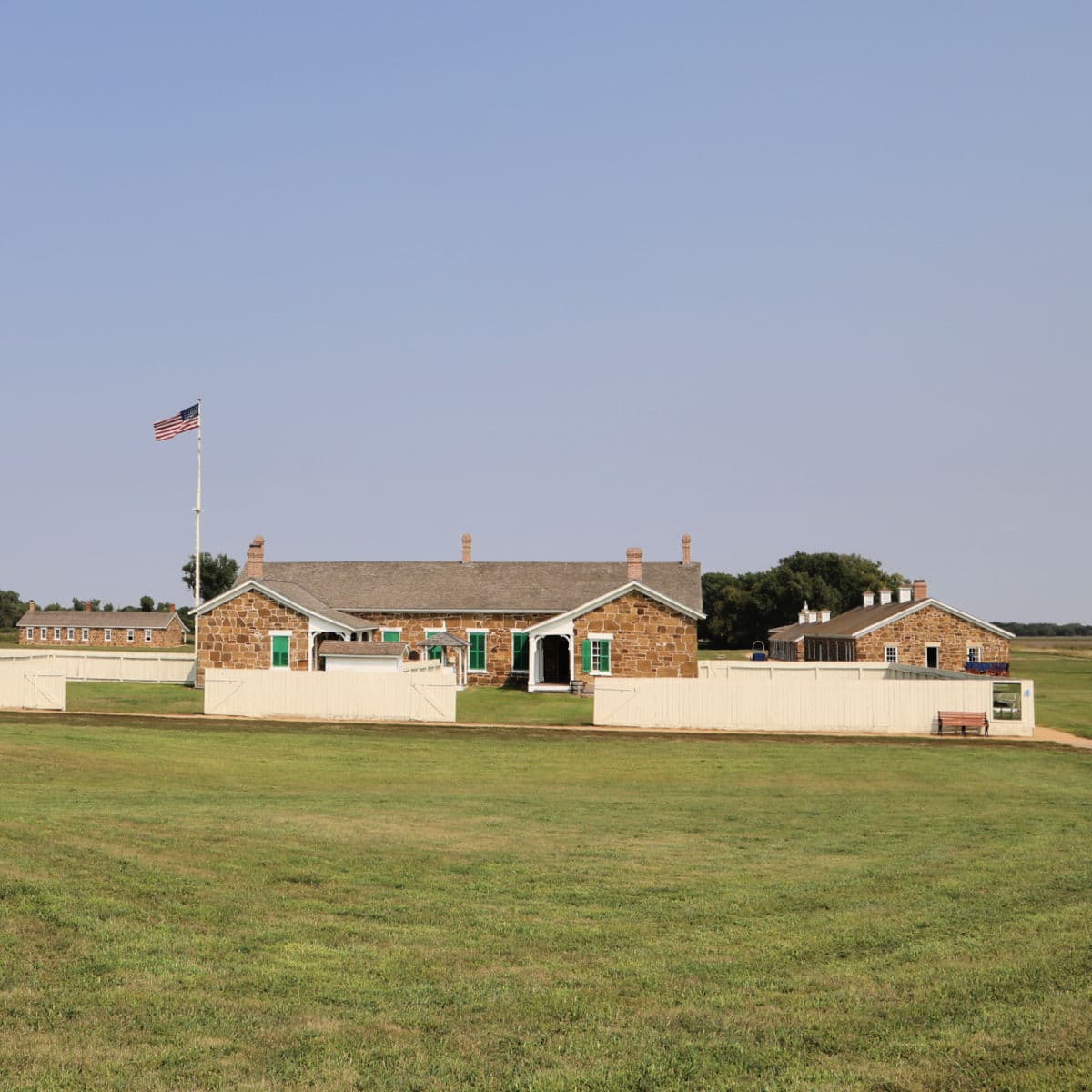
Fort Larned National Historic Site
Top Things to do - start at Fort Larned Visitor Center, Self-Guided Tours - Walking & Auto, Guided Tours, Hike the Fort Larned History & Nature Trail, Picnic at Fort Larned
Lodging - There are no lodging facilities within the park
Camping - The Historic Site does not have a campground
Park Address - 1767 KS Hwy 156, Larned 67550
Located in Western Kansas 110 miles northwest of Wichita the Fort Larned National Historic Site is 410 acres that include restored buildings from the 19th century, U.S. Army Fort.
Traveling through the Great Plains was dangerous for pioneers, traders, and mail coaches during the time of conflicts with Plains Indians. The U.S. Army established a series of forts along major transportation routes to patrol and protect traffic along those routes.
Fort Larned was located along the Pawnee River near the well-traveled Sante Fe Trail. There are currently nine of the original buildings on site with seven of them open for tours.
Some of the building walls are two and a half feet thick and built with locally quarried stones. The original buildings on-site include the quartermaster's storehouse, commissary, hospital, barracks, and officers' quarters. The blockhouse onsite is a reconstruction.
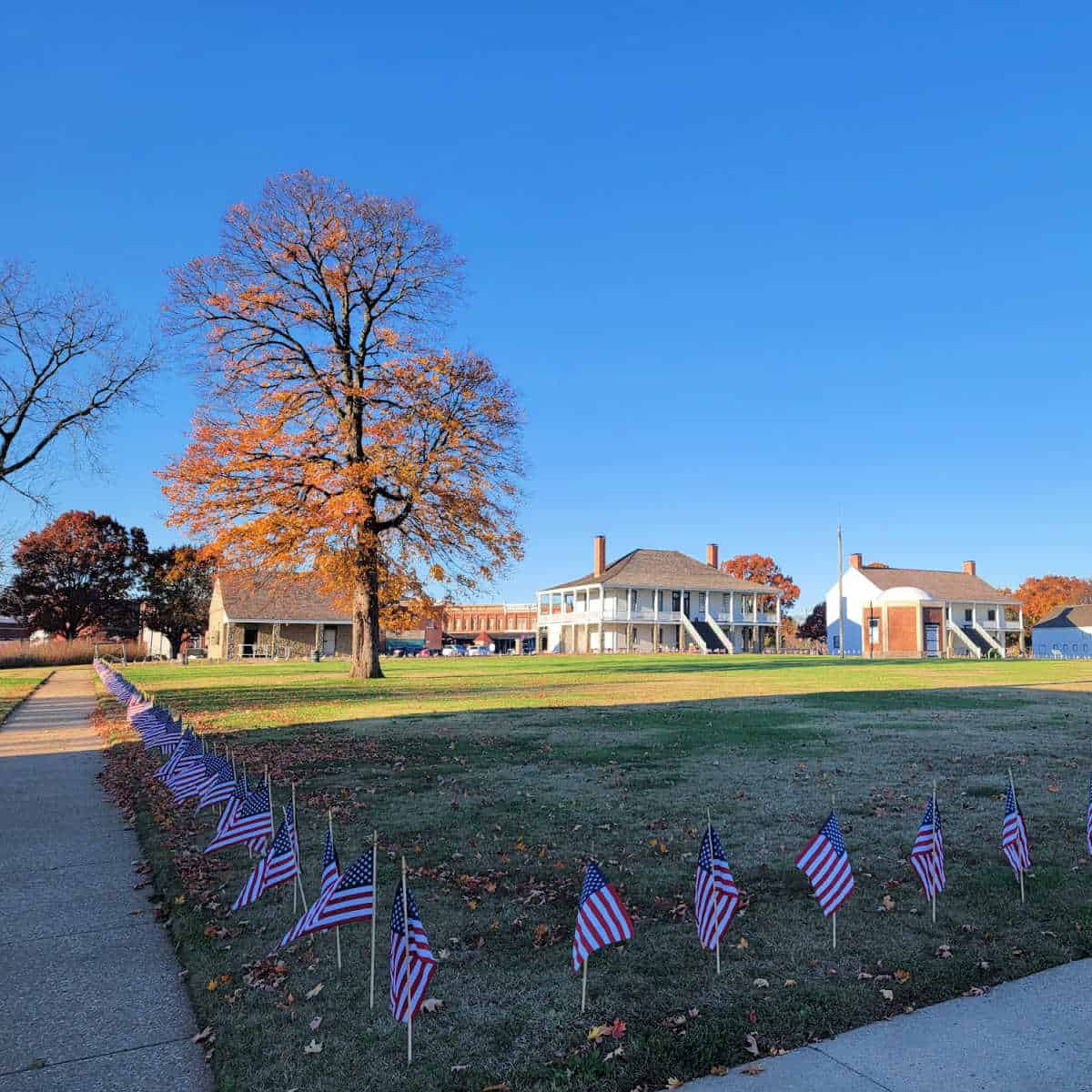
Fort Scott National Historic Site
Top Things to do -Guided Tours, visit the Dragoon Barracks, Officers' Quarters No. 1 & No. 2 Audio-visual program
Lodging - There is no lodging in the park but there are motels and bed and breakfast establishments in and around the town of Fort Scott.
Camping - There is no overnight camping or parking on the grounds of Fort Scott NHS. Camping is available at a few spots in the town and surrounding area.
Park Address - 1 Old Fort Blvd., Fort Scott, KS 66701
Fort Scott National Historic Site is located 125 miles east of Wichita, Kansas. The 17-acre park is open year-round and provides the opportunity to visit a historic military post and restored tallgrass prairie.
The soldiers based at Fort Scott played a role in the shaping of US History. Fort Scott was established in 1842 during a time when many Native American tribes were being relocated often with force from their lands. The fort's mission was to prevent conflict between Native Americans and white settlers and also to oversee conflict between tribes.
Soldiers from Fort Scott also protected travelers who were heading west on the Sante Fe trail and other trails in the area. The fort never came under attack while it was running. The U.S. Army abandoned Fort Scott in 1853. During the Civil War, the fort reverted back to a military holding with the Union Army occupying several buildings starting in 1861.
The Army abandoned the fort again in 1865 only to return again in 1870 when soldiers were assigned to protect railroad workers laying track in the region. When you visit today you can see a collection of 20 buildings of which 11 are considered original.
The original structures include the hospital (now the visitor center), officer's quarters, quartermaster's storehouse, the bakehouse, and carriage houses. You can also see the parade grounds and three different architectural styles that were used at the fort.
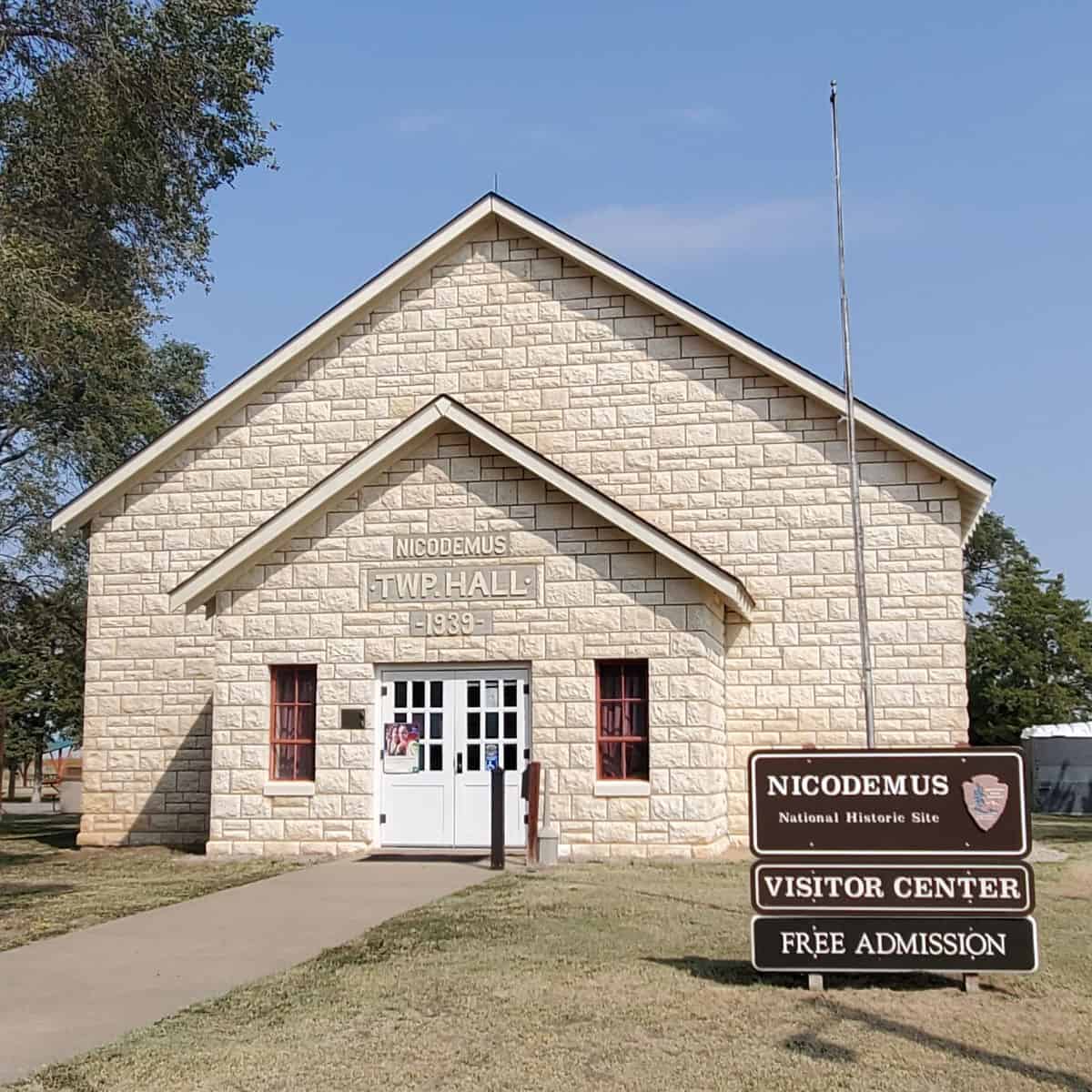
Nicodemus National Historic Site
Top Things to do -Park Ranger Programs, Picnicking at Nicodemus, Photography & Art, Wildlife Viewing, Visit Nicodemus Dugout & Nicodemus Cemetery
Lodging - There are no lodging options within Nicodemus NHS. You may want to check Webster Lake, Hill City, and Stockton.
Camping - There are no campgrounds within the site.
Park Address - 304 Washington Ave., Nicodemus, KS 67625-3015
Nicodemus National Historic Site is located 110 miles northwest of Salina, Kanas. The 161-acre park is open year-round though winters can be rough.
Nicodemus was named after a slave who bought his freedom. African Americans in 1877 founded the town of Nicodemus in NW Kansas. Nicodemus remains the only remaining African-American town west of the Mississippi River that was settled on the Great Plains by former slaves. There are still descendants of the original settlers living in town.
The site was created in 1996 to commemorate the heritage of the area as a focal point of hopes and dreams of people seeing a better life. The historic site includes five buildings including the 1939 township hall, two churches (Old First Baptist Church and African Methodist Episcopal), St Francis Hotel, and the schoolhouse.
The township hall is the only structure open to the public and the home of the visitor center.
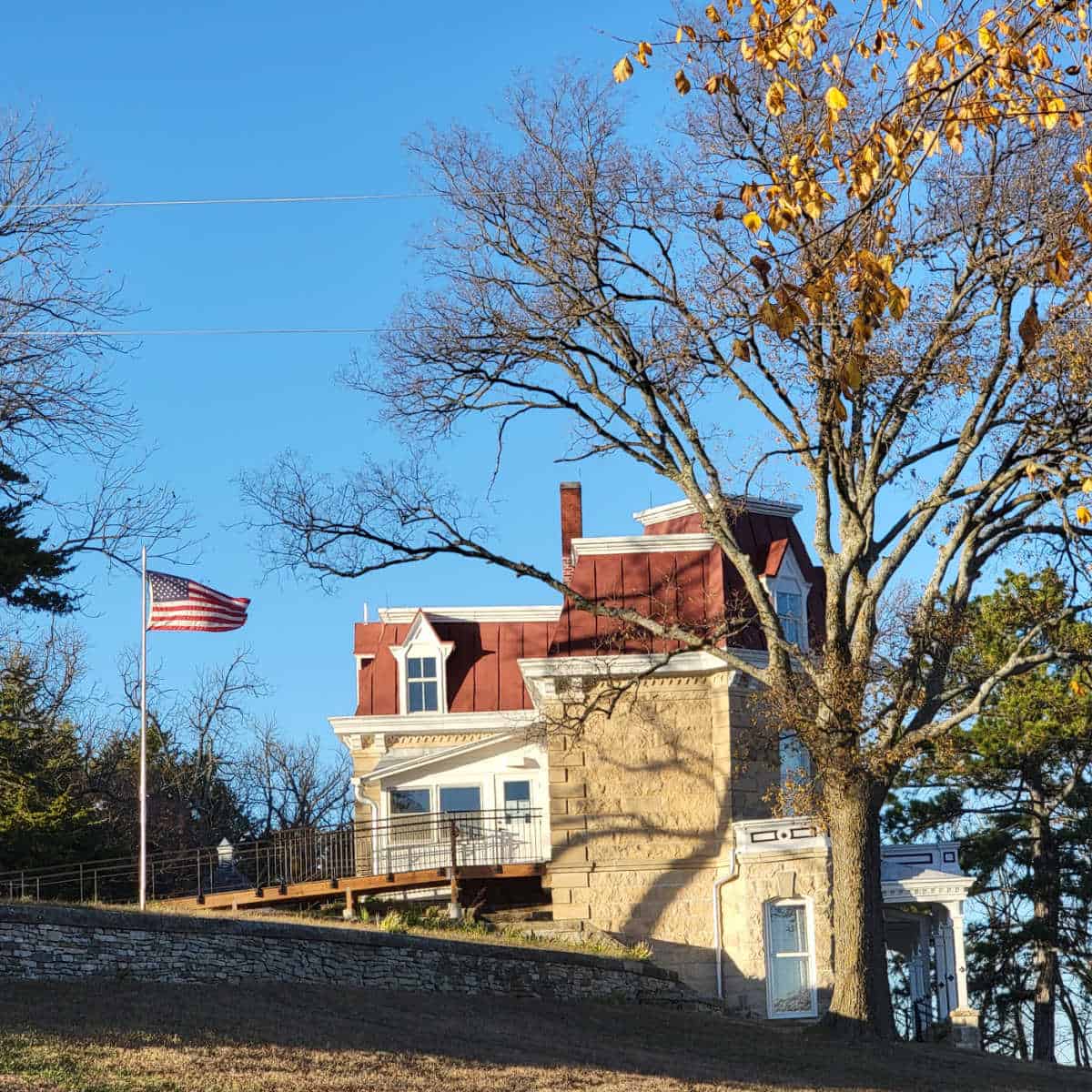
Tallgrass Prairie National Preserve
Top Things to do - Explore Tallgrass Visitor Center, Self-Guided Tours, Fishing, Backcountry Hiking, Bison viewing on the Scenic Overlook Trail, Front-Country Hiking
Lodging - There are no lodging options within the preserve
Camping - Tallgrass Prairie National Preserve in Kansas does not have on-site camping facilities. However, you can find camping options at nearby locations such as Council Grove Lake and Tuttle Creek Lake, as well as private campgrounds in the area.
Park Address - 2480B KS Hwy 177, Strong City, KS 66869
Tallgrass Prairie National Preserve is located 85 miles northwest of Wichita, Kansas. The preserve is 11,000 acres and open year-round. You can enjoy bus tours, hiking trails, wildlife viewing, and interpretive tours.
Congress established Tallgrass Prairie National Preserve in 1996 as a public-private partnership with the area administered by the National Park Service. The site was created to interpret not only the prairie ecosystem but also the cultural heritage of ranching in this region of Kansas.
Only 4% of the tallgrass prairies that once covered North America remain in the Flint Hills of Kansas
There are over 40 miles of hiking trails ranging from easy to backcountry routes. Keep an eye out for white-tailed deer, badgers, coyotes, and bobcats. Some of the grasses can grow to 8 feet tall giving this area the aptly named Tallgrass Prairie.
In 2009, the National Park Service with the Nature Conservancy reintroduced bison to the preserve. The herd now resides on Windmill Pasture and is thriving in the park.
Lewis and Clark National Historic Trail
Top Things to do - visit Lewis and Clark Interpretive Pavilion at White Cloud, Lewis & Clark and the Kanza, Atchison County Historical Museum, Frontier Army Museum, Fort de Cavagnial
Lodging - Lodging along the Lewis and Clark National Historic Trail in Kansas can be found in cities and towns along the route, including Kansas City, Leavenworth, and Atchison. Various accommodations, such as hotels and inns, are available in these areas.
Camping - Camping along the Lewis and Clark National Historic Trail in Kansas is available in state parks, national forests, and private campgrounds near the trail. Lewis and Clark State Park and nearby national forests offer camping options. Check specific campgrounds for details and reservations.
Park Address - 601 Riverfront Dr., Omaha 68102
Lewis and Clark NHT is approximately 4,900 miles long and crosses sixteen states following the Lewis and Clark Expedition. The Lewis and Clark expedition led by Meriwether Lewis and William Clark officially started in May 1804 and ended in September 1806.
President Thomas Jefferson was determined to send an expedition to explore western North America and find a feasible water route to the Pacific Ocean.
Closest National Parks to Kansas
Great Sand Dunes National Park (Colorado)
Black Canyon of the Gunnison National Park(Colorado)
Rocky Mountain National Park (Colorado)
Mesa Verde National Park (Colorado)
Gateway Arch National Park (Missouri)
Indiana Dunes National Park (Illinois)
Hot Springs National Park (Arkansas)
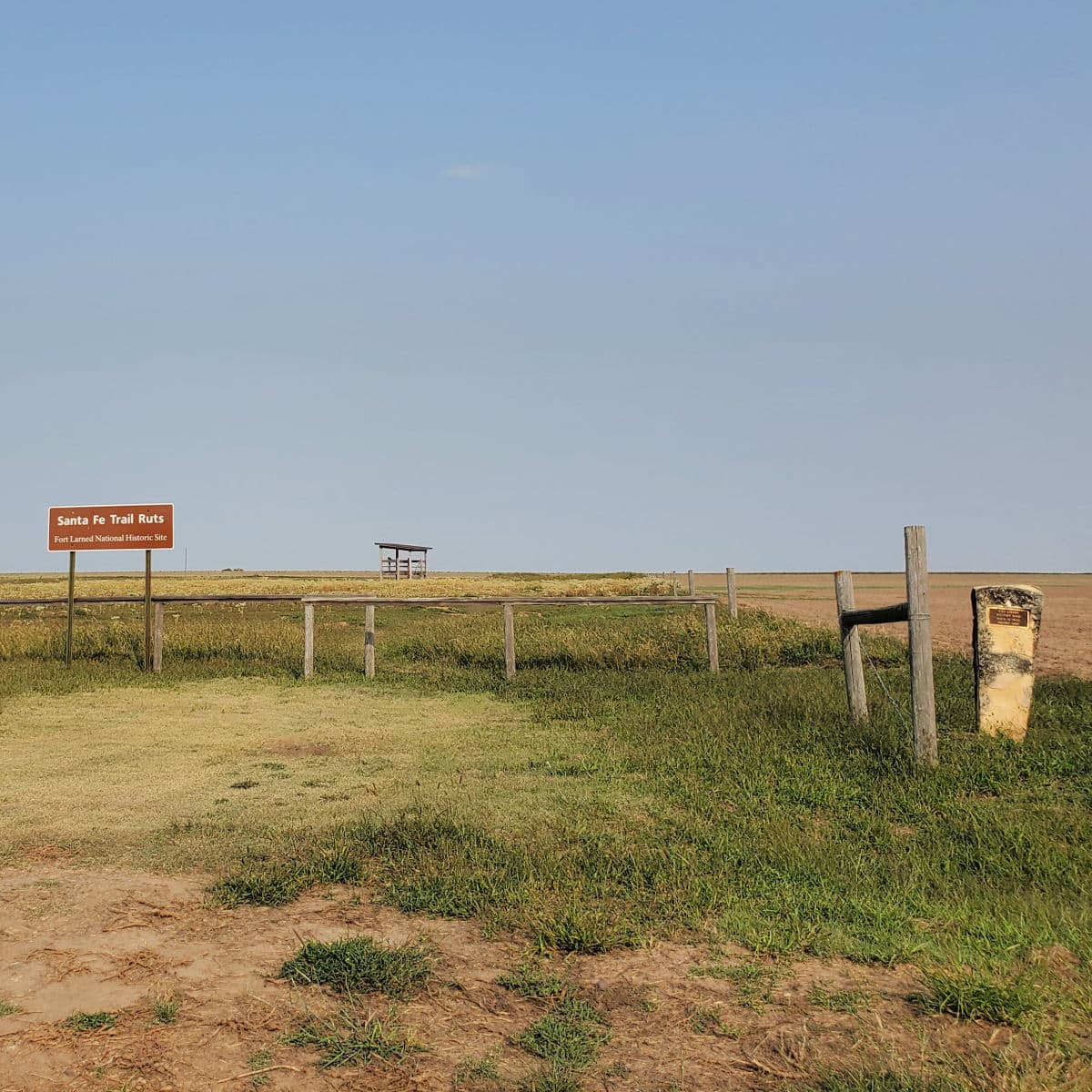
List of National Park Sites in Kansas
- Brown vs. Board of Education National Historical Park
- Fort Larned National Historic Site
- Fort Scott National Historic Site
- Nicodemus National Historic Site
- Tallgrass Prairie National Preserve
Affiliated Sites
- California National Historic Trail (CA, CO, ID, KS, MO, NE, NV, OR, UT, WY
- Lewis and Clark National Historic Trail (ID, IL, IA, KS, MO, MT, NE, ND, OR, SD, WA)
- Oregon National Historic Trail (ID, KS, MO, NE, OR, WA, WY)
- Pony Express National Historic Trail ( CA, CO, KS, MO, NE, NV, UT, WY)
- Sante Fe National Historic Trail (CO, KS, MO, NM, OK)
There are 5 National Parks in Kansas with an estimated visitation of over 112K visitors. These visitors produce over $7.2 million in economic benefits through tourism.
Kansas National Parks also include 1 National Heritage Area, 4 National Trails managed by the National Park Service, 1,473 National Register of Historic Places listings, and 26 National Historic Landmarks.
There are also 5 National Natural Landmarks, 228 places registered by heritage documentation programs, and 663,457 objects in the Kansas National Parks museum collections.
National Parks in Kansas also include 30 Archaeological sites.
Additional National Park Travel Resources
Learn more about National Park Passes for parks that have an entrance fee.
$80.00 - For the America the Beautiful/National Park Pass. The pass covers entrance fees to all US National Park Sites and over 2,000 Federal Recreation Fee Sites for an entire year and covers everyone in the car for per-vehicle sites and up to 4 adults for per-person sites.
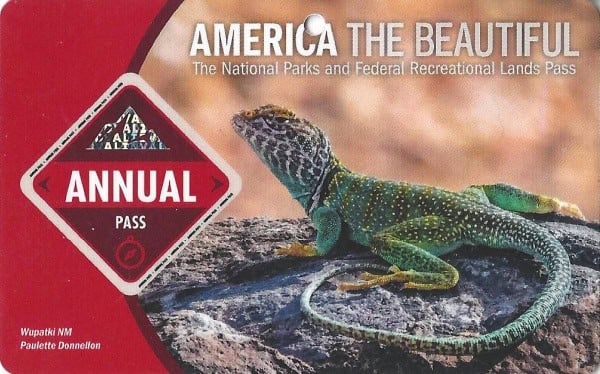
Buy your pass at this link, and REI will donate 10% of pass proceeds to the National Forest Foundation, National Park Foundation, and the U.S. Endowment for Forestry & Communities.
National Park Free Entrance Days -Mark your calendars with the five free entrance days the National Park Service offers annually.

For a fun adventure check out Escape Campervans. These campervans have built in beds, kitchen area with refrigerators, and more. You can have them fully set up with kitchen supplies, bedding, and other fun extras. They are painted with epic designs you can't miss!
Escape Campervans has offices in Vancouver, Seattle, Portland, San Francisco, Las Vegas, Los Angeles, Phoenix, Salt Lake City, Denver, New York, and Orlando
National Parks in the Neighboring States
Do you know how many parks you have visited? Check out this printable list of US National Parks in Alphabetical Order to count how many National Parks you have visited.
Make sure to follow Park Ranger John on Facebook, Instagram, Pinterest, and TikTok
If you want to go big check out this National Park Checklist of all of the park sites in the United States.
